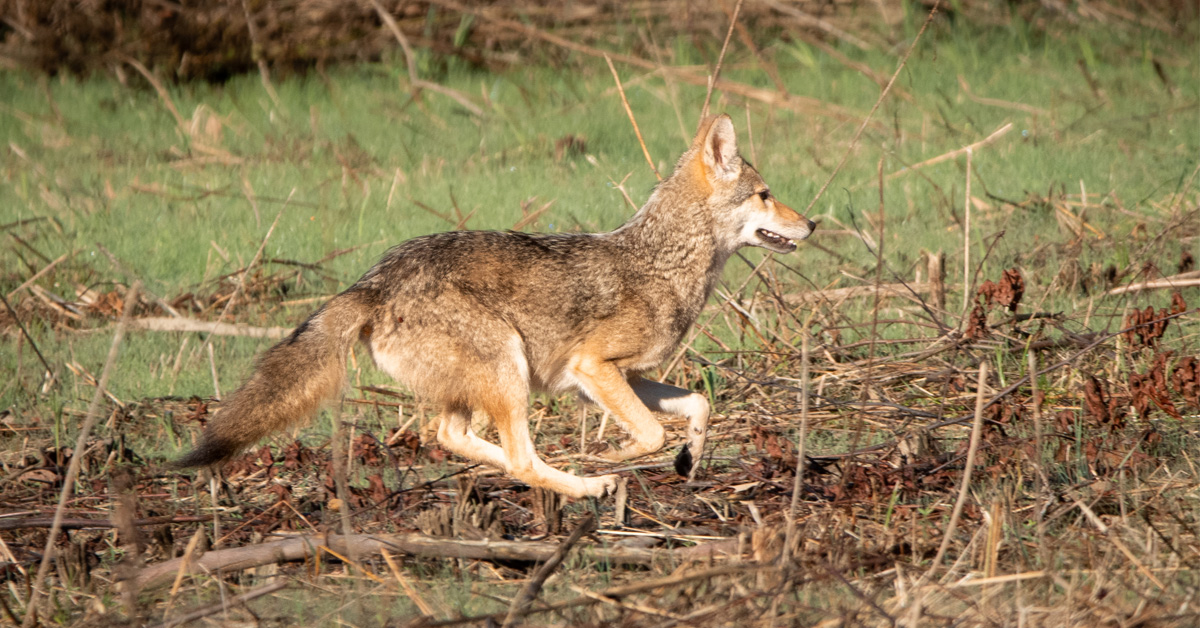
Seeing my first Virginia coyote was a thrill!
By Blogger Wade Monroe
Photos by Wade Monroe
This November, as the weather began to cool, I explored the Northern Neck loop in the Coastal Region of the Virginia Bird and Wildlife Trail system, and it was certainly a special place. Located on the massive peninsula that is created by the Potomac and Rappahannock rivers on either side, this loop covers a huge amount of area. I was most surprised by how remote and wild many of the locations along the loop remain despite thousands of years of human settlement. The Northern Neck has a rich Native American heritage as well as extensive colonial history. As I made my way through several stops in the loop, I felt as though time had slowed down a bit; everything just felt calmer.
My first trip this month was to Land’s End Wildlife Management Area (WMA). The WMA is a 412-acre piece of land situated between the Rappahannock River and Nanzatico Bay. Within maybe as little as 60 seconds of my arrival, I was greeted by a group of six or seven bald eagles circling above the area. I was able to watch from a close distance as they called to each other, locked talons, and fought amongst one another. This is an amazing spot if you love bald eagles or are a fan of birding in general. In fact, according to the information kiosk at the site, this Northern Neck region is among the densest in the U.S. in terms of breeding bald eagle pairs, so if you head that way you are almost guaranteed to see several. They are hard to miss given how huge and loud they are. It also houses thousands upon thousands of waterfowl every winter!
Eventually, I made my way to small pond located on the WMA and sat down behind some reeds alongside the bank to hide from any potential wildlife. It was a beautiful morning; I was lucky enough to be able to get to the location just as the sun had risen. Sitting along the pond watching as the fog lifted off the water, I was able to watch and listen as the animals began to wake. Soon birds of all types were calling back and forth to one another and swooping along the water to catch what insects were left of this season.
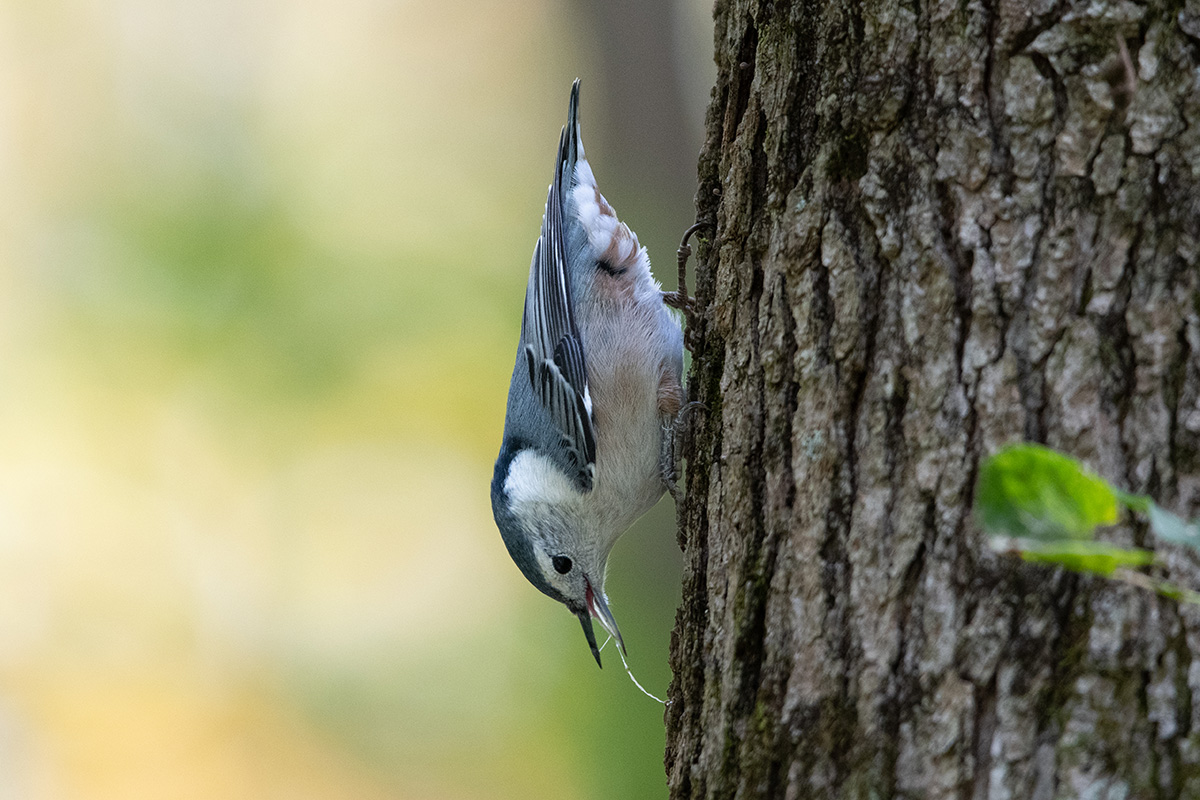
A white-breasted nuthatch.
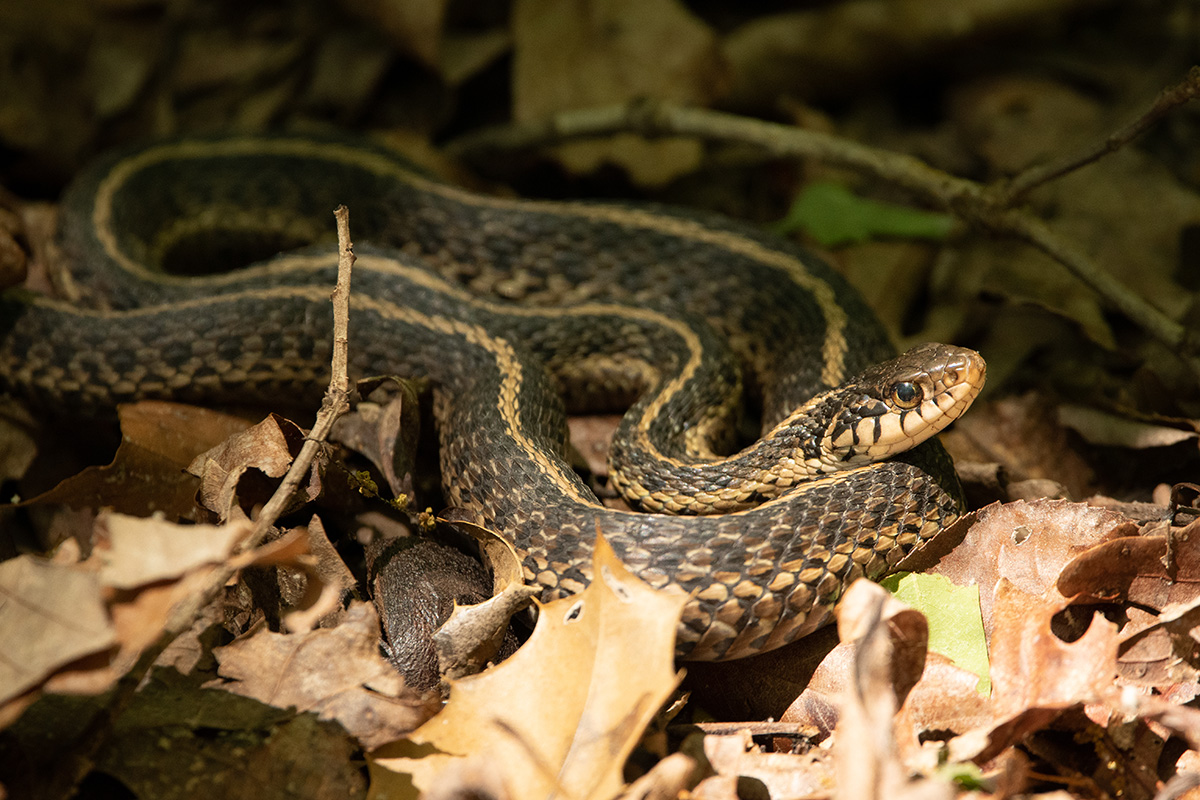
An eastern garter snake.
I did not have to wait long until I began to hear some rustling in the reeds not far from where I sat. Suddenly a huge beaver walked out of the reeds and crossed over to the creek that ran near the pond. Beavers, like many mammals, are crepuscular, meaning they are most active at dawn or dusk. Nevertheless, in my experience I always see them at dusk and never at dawn, so I was a bit startled at my sudden companion, though he seemed to not even notice me as he walked away.
After spending some hours at the pond, I decided to make my way back to the parking lot to grab my lunch. I had not walked 20 steps before I saw a flash of movement out of the corner of my eye. I quickly grabbed my camera and snapped several pictures of a coyote racing across the field in pursuit of a young doe. I was thrilled, as I had not yet seen a coyote in Virginia despite hearing and seeing evidence of them so often. Being from Oklahoma, I was accustomed to seeing coyotes almost every day (and several times a day at that), so her appearance was a great addition and made the experience even more special.
My next stop on this month’s adventure through the Northern Neck loop was Westmoreland State Park. This park boasts a LOT of amenities. Camping, lodging, a visitor center, an environmental study center, interpretive nature programs, kayaking, hiking trails, and even beaches are all available at Westmoreland. While the hiking was truly beautiful and the area is certainly teeming with wildlife, I was drawn to the park by something else entirely, fossils.

Given that my area of scientific research includes paleontology (albeit of Africa not the United States), there was little chance I was going to pass through the area without checking out Fossil Beach. I was not disappointed! The beach itself was beautiful, lined by giant clay cliffs on either side and a great marsh behind the sand dunes. The beach unquestionably lived up to its name; as I combed the beach it was easy to find several fossils. Most of the fossils I was able to uncover were brachiopods, essentially small clam-like creatures, from the Miocene Epoch that lasted from 23 million years ago to just over 5 million years ago.
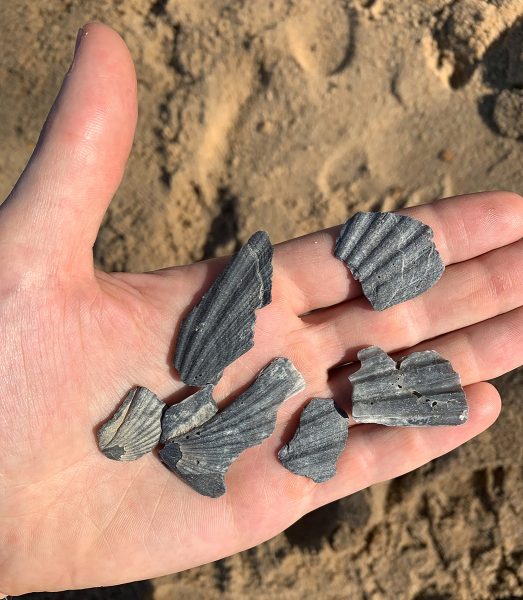
Many other fossils even more exciting have been found at this area as well, from a massive whale skeleton to even teeth of the famous Megalodon shark, which dwarfed modern great whites. If you are a student or a fan of natural history, this is a location you simply must visit. Even if you are not, the views and warm sands of the beach alone are reason enough. There is undoubtedly something for everyone at Westmoreland State Park.
From there, I made my way to my final stop on the loop, Voorhees Nature Preserve. The preserve holds hiking trails that run alongside the Rappahannock River leading to huge bluffs that overlook the surrounding river valley allowing you to see for miles unimpeded. Eventually the trail led me to a short boardwalk area that crosses a marsh habitat with a large beaver lodge just alongside the trail. One thing to note about this trail is that although it is well marked, portions of it can be rather steep, and when the trail is covered in wet leaves it is sure to be slippery, so make sure to wear proper hiking boots to visit this location despite it not being a huge wilderness.
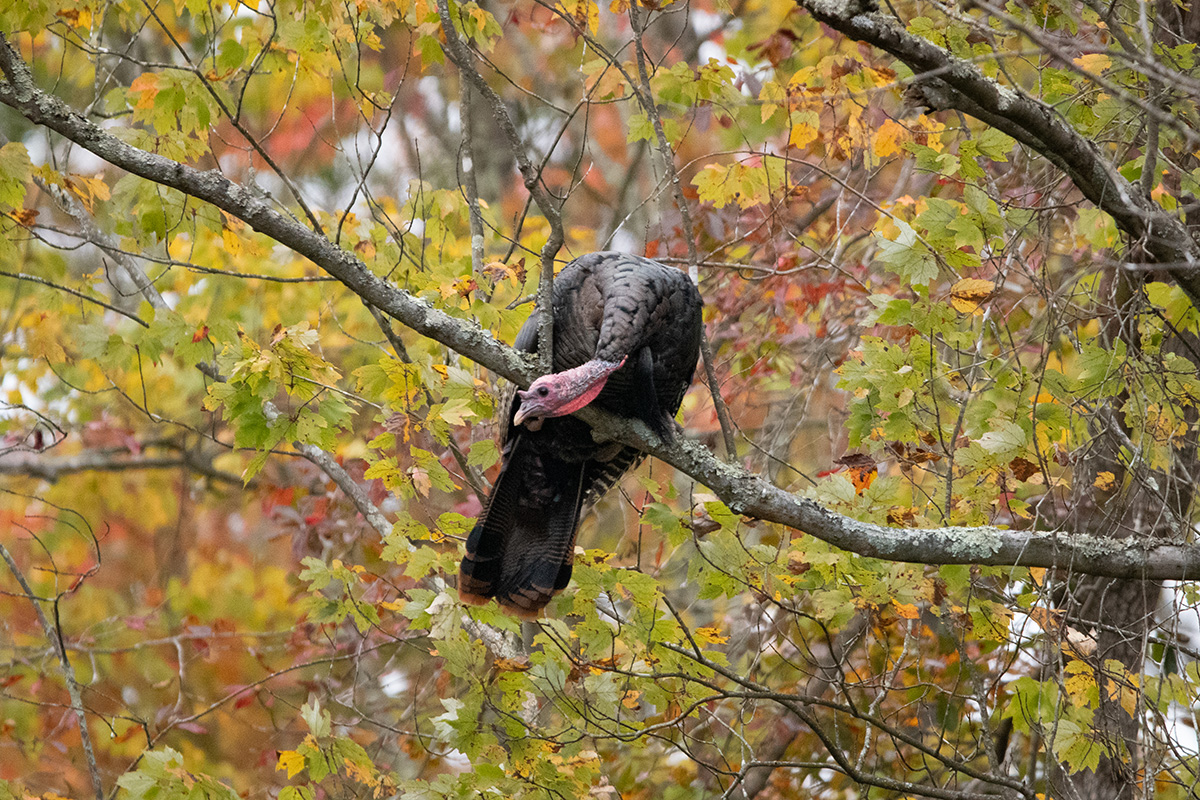
A wild turkey perched in a tree overhead.
I enjoyed spending time watching the beaver lodge and hearing the noises of the beavers from inside. Additionally, several kingfishers made themselves heard as they called almost constantly while fishing the marsh habitat the beavers maintained. The highlight of this location, however, was the overlook—it is rare that you can watch several bald eagles from above as they soar and fish the river. I would have loved to have been able to stay and watch the eagles for hours as they circled below me.
I am very glad to have explored this loop of the trail system when I did. Being a full-time student as well as college instructor has left me with little time with which I am able to slow down and truly enjoy the outdoors, and to not feel the pressures of time. The nature of this area feels so separated from modern life with its time constraints and deadlines that it truly does feel like time stops when you visit.
As we all try to navigate an increasingly fast-paced modern world we should continue to be extremely grateful for the opportunities to slow-down and reconnect with the natural world and to ensure we take that care to maintain and expand these bastions of peace for the future.
Explore the Wild with Wade Monroe
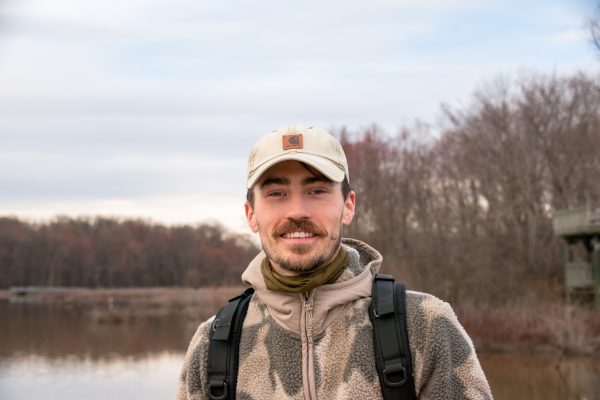
Wade Monroe is a wildlife photojournalist with a focus on wildlife conservation.
If you would like to follow along as he explores the Virginia Bird and Wildlife Trail, then make sure to subscribe to DWR’s Notes From the Field newsletter.
Follow Wade on Instagram @wademonroephoto to see all of his amazing photography.


